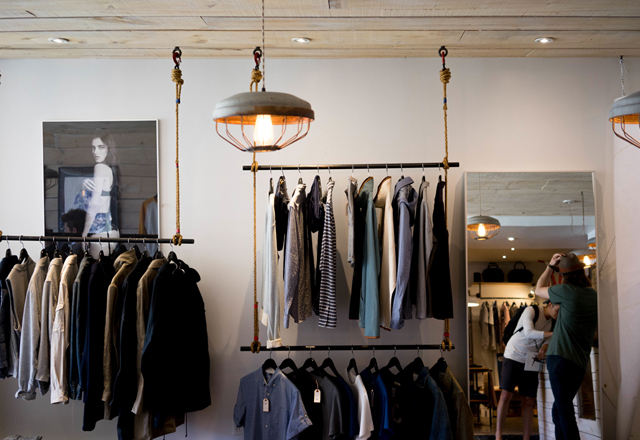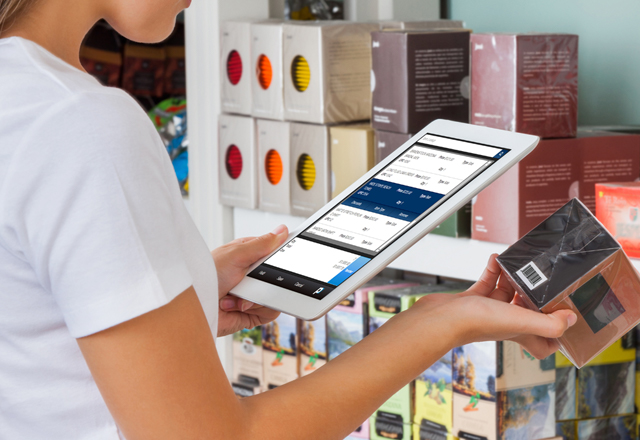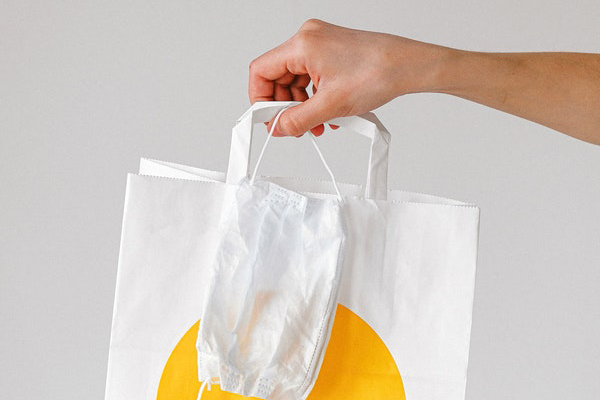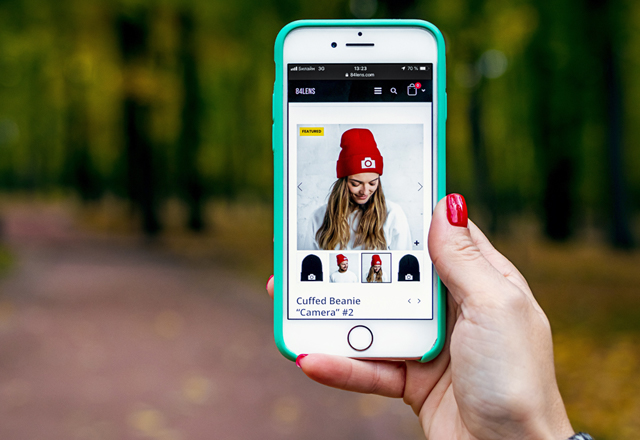Post pandemic, big retailers think small

One of the big reveals during the past 13 months is that people need (and want) to shop, and that e-commerce filled that desire both for necessities and luxuries.
Small, neighborhood businesses with no online presence had the toughest time surviving, while online stores with brand recognition — ironically, often due to a brick-and-mortar presence — fared the best.
Most strikingly, big, traditional shopping mall “anchor” stores felt the sting of greatly reduced foot traffic, while also enjoying a significant uptick in e-commerce revenue.
For example, Nordstrom forecasts sales to increase more than 25% this year, with digital accounting for roughly half of all revenue. Malls have been losing foot traffic for years. Moody’s industry research arm Real Estate Solutions (REIS) forecasts that malls vacancy rates will reach 14.6% by the end of the year as retailers regroup post-pandemic and reconsider their store locations.
Brick & mortar format shift

And yet, customers consistently report enjoying an in-person shopping experience. Nothing truly can replace an experience of being able to touch and feel merchandise.
A case in point is the venerable Macy’s department store, a 162-year-old retail institution, which announced a year ago it would be closing 125 stores in “lower-end” malls during the next three years.
Macy’s strategy was to focus on locations with stronger sales as well as online operations. Then came lockdown and the pandemic era, and as shoppers tried to avoid malls, stores found ways to adapt.
Macy’s mall exodus is not unique; Dillard’s, J.C.Penney, Kohl’s, and Belk are also reportedly looking at freestanding and strip center locations.
Nordstrom, too, has been successful with its small format stores and intends to continue expanding those outlets along with its digital presence as part of its “Closer to You” long-term growth strategy.
Small stores, customer-forward strategies

According to reports, the stores will have full-service and possibly self-checkouts as well as same-day deliveries.
In addition, they will offer “buy-on line, pick-up in store” or “click and collect” service, which often comes with curbside pickup.
Such smaller stores are embracing the concept of offering a curated product selection, a characteristic more often associated with luxury stores. It provides these large retailers an opportunity to be flexible, react more quickly to buying trends and become more relevant to today’s clientele.
By showing a willingness to experiment with innovative merchandising ideas, these prominent retailers may not only rediscover their place in the industry, but also once again become leaders.




















































